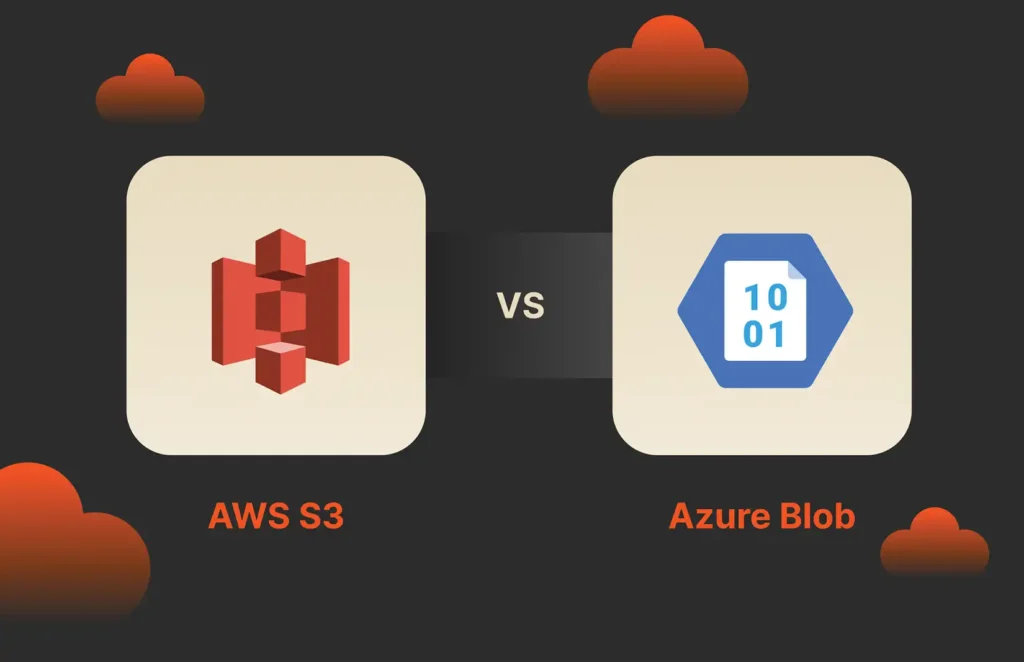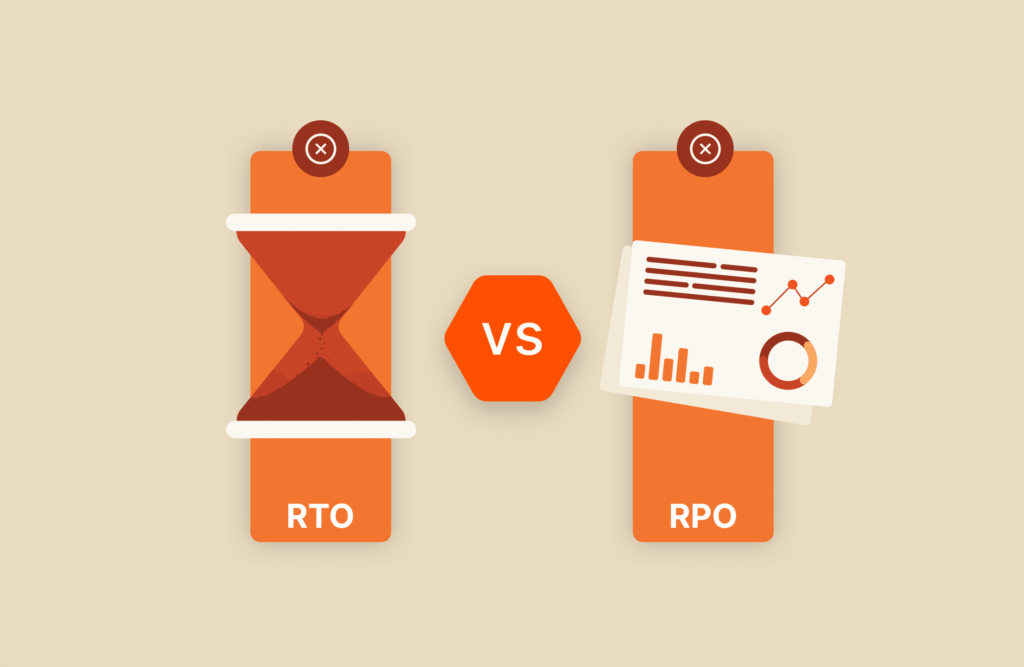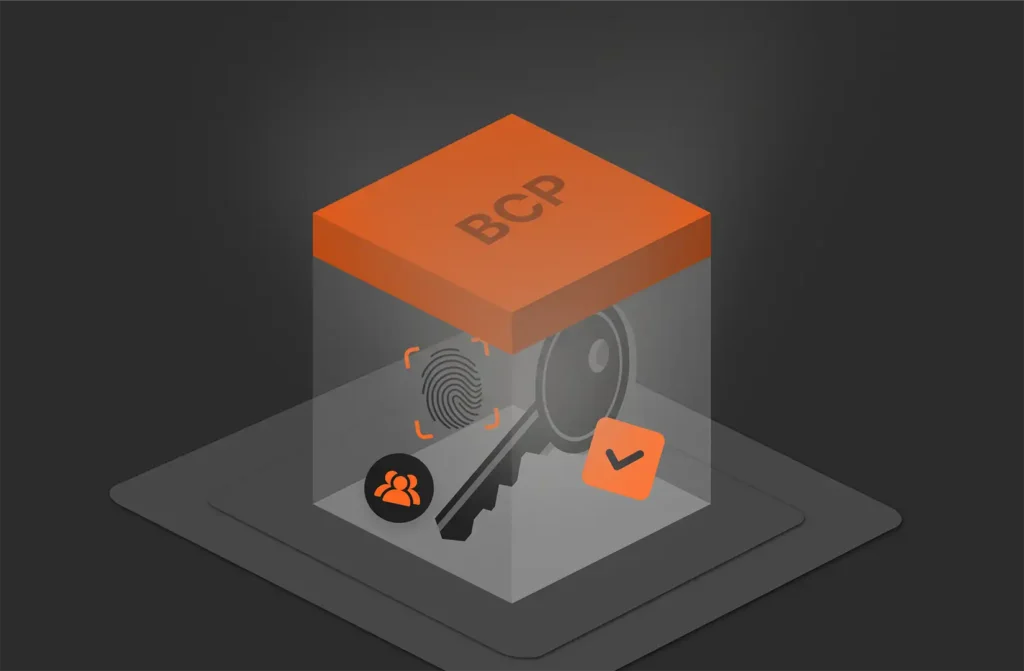Summary
Multi-factor authentication (MFA) and two-factor authentication (2FA) are account login processes that add extra layers of security to protect users’ and customers’ accounts from unauthorized access.
A password alone isn’t enough to protect your user accounts. Once disclosed, a password gives anyone full access to your sensitive information. Multi-factor authentication (MFA) and two-factor authentication (2FA) add a layer of security to account access.
If a hacker accesses your password, they would be unable to authenticate to your account until the second phase of authentication is fulfilled. Usually, this is a code sent to your phone or email, but MFA and 2FA work with biometrics, touch controls, and verification using secondary applications.
What Is 2FA?
Two-factor authentication (2FA) adds a single layer of security to an account. The “2” in 2FA is the second step in the authentication process. Usually, 2FA is simple for users and works with smartphones or email messages. The most popular form of 2FA is a code sent in a text message to the user’s smartphone. Users enter the code into the application to finalize the authentication process. Without it, a password is not sufficient to access an account.
A good example of 2FA is accessing your bank account. Often, the bank asks for your password, but then you must enter a code from a text message sent to your phone number. The phone number is the number you entered when you opened the bank account. Changing the 2FA phone number often requires verification using a code sent to the original phone number or a secondary 2FA method like email.
What Is MFA?
Multi-factor authentication works similarly to 2FA, but it often uses an alternative form of secondary verification. As a matter of fact, 2FA is a form of MFA, but MFA could require several steps to authenticate to an application. For example, MFA might require a password, a secondary code sent in a text message, and a biometric step.
Two common forms of MFA are fingerprint and facial recognition. Most smartphones work with facial recognition or a fingerprint to access the device, but it still only requires a single authentication method. Banks often use biometrics for a secondary authentication step when you access accounts at the bank’s physical location. You bring your debit card to verify your identity, and the fingerprint scan ensures that you are the true cardholder.
Key Differences between MFA and 2FA
2FA is a form of multi-factor authentication, but as the name suggests, 2FA only requires two steps for a user to access their account. The first form of verification is your password, which verifies your identity by validating an alphanumeric code that only you should know. Usually, the second form of authentication in 2FA is a code sent to a smartphone representing that you own the device on file. The text message code validates that you have the smartphone on file.
In all types of MFA, the first step is usually a password. The password represents something only you should know. The second step is verifying that you own the smartphone on file, and the third step is typically a biometric. The biometric is unique and validates you are genetically the person accessing the account.
The only main difference between 2FA and MFA is that MFA can require several steps to access an account while 2FA only requires two. More steps to authentication make it much more difficult for an attacker to access an account. MFA with several steps is more secure, but it also increases the chance for users to be locked out of an account if just one method is unavailable to the user.
Benefits of Using MFA over 2FA
For every step in authentication, an added layer of security lowers the risk of an account compromise. For example, with 2FA, attackers might call a targeted user and convince the user to divulge the code on their smartphone. Alternative methods using smartphone application authenticators are also used, but they offer the same level of protection as a text message. Both secondary authentication steps can be compromised.
With MFA, an attacker would be unable to emulate the biometrics necessary for the third step in authentication. MFA is a safer addition to account security, but it’s also more expensive for organizations to support. It requires more hardware, the staff to support it, and the infrastructure to ensure it’s monitored.
When to Use 2FA vs. MFA
For most applications, 2FA is sufficient. It’s common for banking, e-commerce, and other online applications to work with a text messaging service to send a secondary code to customer smartphones. Some organizations offer an alternative to a smartphone text message for users without a device. A code can be sent to the user’s email address.
MFA is beneficial for user accounts with access to highly sensitive information. For example, government applications might require an MFA process. Internal employees with access to financial data might need a third authentication step to access their account. Any application with highly sensitive data should be behind MFA.
Conclusion
Protecting data should always be a primary concern for any organization. Offering 2FA or MFA protects employee and customer accounts from unauthorized access. If you already have MFA or 2FA configured, it might be time to invest in upgrades. Older technologies might not be secure anymore, and the investment in added security is much cheaper than a data compromise. If you don’t know what to do to implement an authentication solution, you can ask a security expert to help guide you through the process.

White Paper, 7 pages
Learn What’s Helping CISOs Sleep Better at Night
And how you can too.

Master Data Security
Learn more about data protection solutions from Pure Storage.






